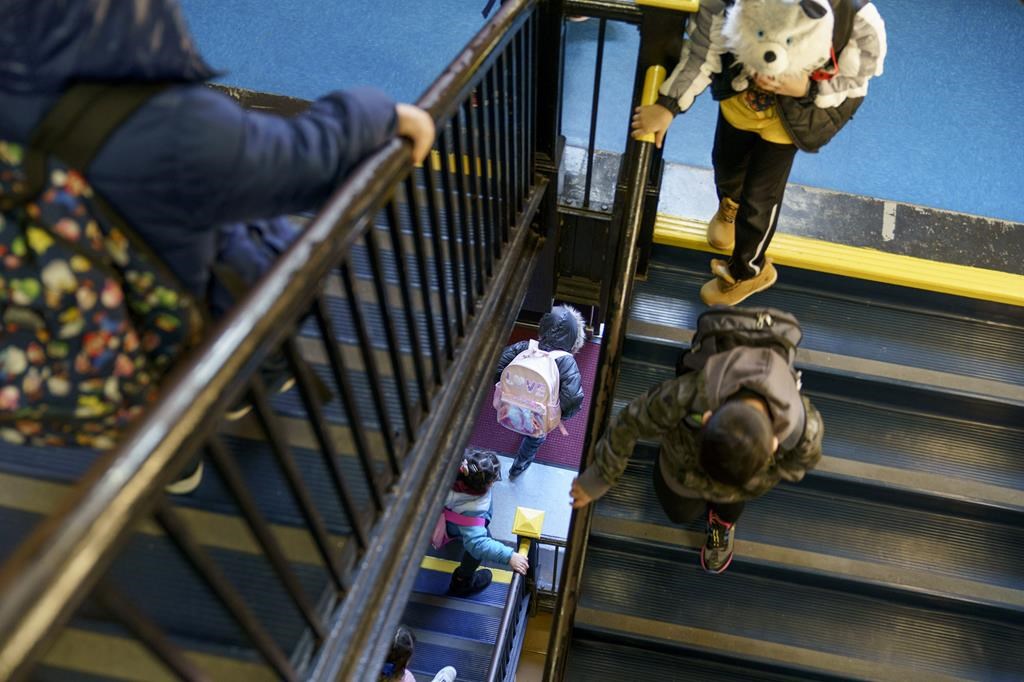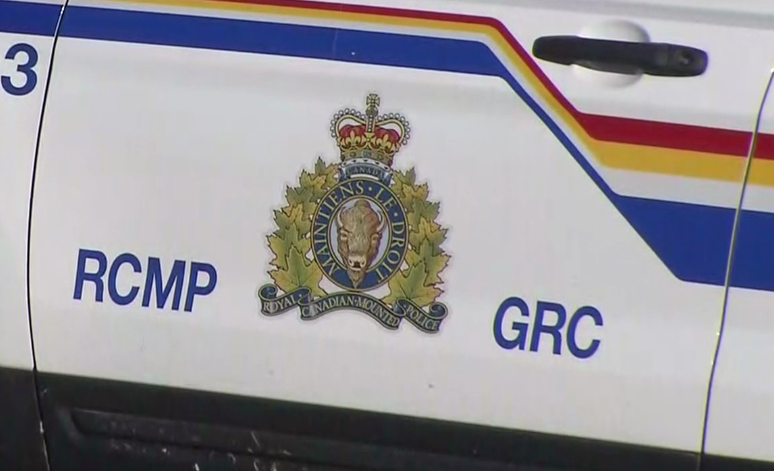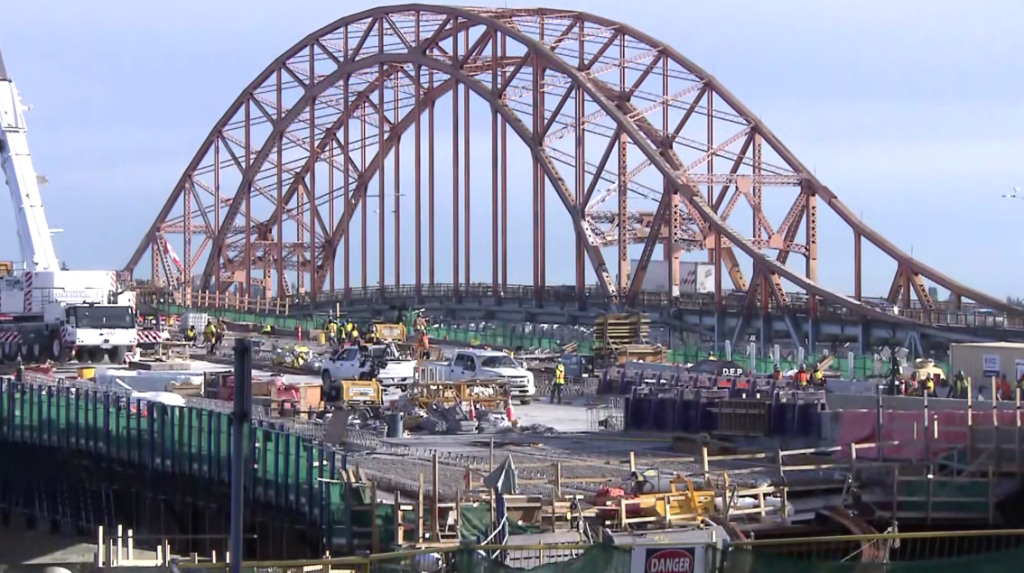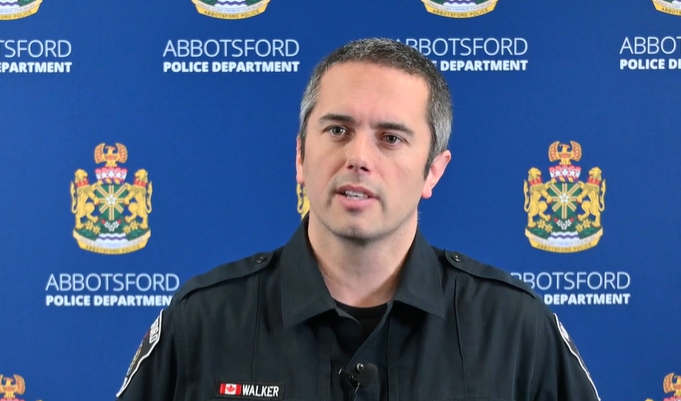High rate of absenteeism in B.C. schools amid ‘tripledemic’

Posted November 24, 2022 7:35 am.
Last Updated November 24, 2022 9:14 am.
As hospitals across the province see long wait times with emergency rooms overwhelmed, the so-called ‘tripledemic’ is hitting schools in B.C. just as hard.
Clint Johnston, president of the BC Teachers’ Federation (BCTF), says he’s hearing from teachers that, at times, one-quarter or half of their class is missing as COVID-19, the flu, and respiratory syncytial virus (RSV) spreads rapidly in the community.
He describes absenteeism rates in schools right now as “very, very high,” adding it’s hitting elementary schools harder than secondary schools. “I think there’s also some families exercising a lot of caution, which is a good thing, but definitely adds to those absenteeism rates for sure,” explains Johnston.
In addition to students, he confirms teachers are also falling ill, but says educators, school administration, and parents are ensuring kids don’t fall behind. However, it can be complicated as B.C. doesn’t have an option for online learning right now.
“I think [teachers] are prepared for it, but it absolutely adds a bit of a workload and your planning overall as well, that you’re able to deliver [the curriculum] in a way that sticks to your goals and that every student is supported through that.”
Related Articles:
-
Calls for B.C. to track COVID-19, flu and RSV case numbers
-
Open letter calls for B.C. to reinstate universal masking
-
BC Children’s Hospital triages patients from ER due to respiratory illness spike
With three separate viruses spreading so quickly, the BCTF continues to call for better cleaning in schools.
“It’s been going on for years and years and years, the decreasing cleaning but I think more right now, we’re hoping that people are thinking of masks as an option.”
Johnston maintains the BCTF is not calling for the mask mandate to be reinstated right now and insists the union doesn’t have the ability to instill one, but he’s hoping the provincial government takes notice and realizes how bad the situation has become.
“We’ll be talking to government and hoping, obviously, that the health people are watching this and looking for any signs that it’s getting worse, and it might be [time] a mask mandate [be] in order to support everyone and keep us safe.
“From the beginning, we’ve tried to get people to understand that schools are particular situations where there’s a lot of individuals from a lot of different households coming together and spending a lot of time together in close spaces. We think those are one of those places that should be watched closely and if community transmission is going up, it seems schools reflect the community,” he explained.
Johnston is an educator and a parent. He says his experience in the first two months of the school year is likely similar to most other parents.
“We’ve had some illnesses with our children… they’ve been knocked out for a few days, so we’ve had a couple of kids home for several days, which can be difficult and disruptive to their ability to learn and to our ability to go about our daily business. But, I try to practice what I preach, and we go safety first. If they’re symptomatic, we keep them home until they’re all clear, and then they can go back.”
He says if any parents are having issues with how things are being handled in their child’s classroom, they should take it up with the teacher first and then the administration, adding, if you go to a provincial body first, you’ll be re-routed back to school staff.
Absenteeism hits nearly 80 per cent
Susan Yao, president of the Delta Teachers’ Association, says this week she heard from teachers saying absenteeism is even higher than what the BCTF is reporting.
“We actually heard from about 150 teachers [Tuesday] and I would say anywhere from 30 to 50 per cent of schools [have] absences, some classes as many as 78 per cent absenteeism. Most secondary schools were reporting about 30 per cent absenteeism or higher.”
Yao says many kids are also showing up to school quite ill.
“Lots of kids are coming to school and then ending up in the medical room because they’re sick and throwing up. In fact, we had reports of some schools where kids are throwing up in class resulting in other students having to change their clothes.”
Related Video:
She admits she’s hearing from some teachers that schools are not as clean as they were during the height of the pandemic, and is calling for the mask mandate to be reinstated in schools.
“Well, I know there’s a lot of unpopularity sometimes when there are mandates, however, if this is to prevent people from becoming ill and spreading illness to others and putting vulnerable people, students, and educators at risk, then I would absolutely like to see a mask mandate,” she said.
She echoes the messaging from the BCTF to parents: if your kid is sick, please keep them at home.
Yao also thinks parents are sending their kids to school knowing they’re unwell because they don’t have childcare coverage, especially after many workplaces changed with COVID-19 work-from-home policies, once restrictions were dropped.
“When parents don’t have options and it’s a choice between sending their kid, who is maybe not feeling well but it’s not clear how unwell they are, might choose to send their child to school because they don’t have options. Maybe this speaks to the lack of services we have for childcare in B.C. and in Canada.”
Yao says teachers are also telling her they feel pressure to get back to the classroom after getting over an illness because of a lack of staff.
“There’s a chronic teacher shortage. There are chronic teacher-on-call shortages, so that means if they don’t go to work, someone else is having to be pulled from another kind of service, such as teacher librarians [or] learning support teachers… to make sure there’s someone there.”
Province responds
The province says there is still no immediate plan to bring back the mask mandate.
“I do not believe we need that heavy hand of a mandate to send a clear message that masks are an important tool. We can all use [masks] during this time. In every respiratory season, we should have one with us. We should use it in situations where it makes sense and it may differ depending on the situation,” says Provincial Health Officer Dr. Bonnie Henry.
She claims masks are available in every classroom and she’s encouraging people to wear them if they feel they need to.
“In addition, ‘Every single school in British Columbia has had a ventilation assessment and we continue to make that a priority. We have a committee that is continuing to meet weekly to review what is happening in schools, we are monitoring absenteeism,” adds Henry.
When it comes to cleaning schools, the Ministry of Education tells CityNews, “School districts and independent school authorities are responsible for developing their own communicable disease prevention plans, including cleaning schedules.”
One thing the BCTF, Delta Teachers’ Association, and the province all agree on is people should get vaccinated for both the flu and COVID-19.
Flu doses administered in B.C. to date, according to the ministry:
Age six months to four years: 31,563
Age five to 11: 51,082
Age 12 to 64: 662,989
Age 65+: 563,431
According to the Ministry of Health, as of Nov. 23, the overall occupancy rate for all pediatric beds, “including base, surge, and pediatric ICU (PICU) beds (excluding NICU bassinets), is 84.3 per cent.”
-With files from Hana Mae Nassar
If you’re a teacher or parent who’d like to share their story about what they’re experiencing in the school system, please send an email to reporter Sonia Aslam.








